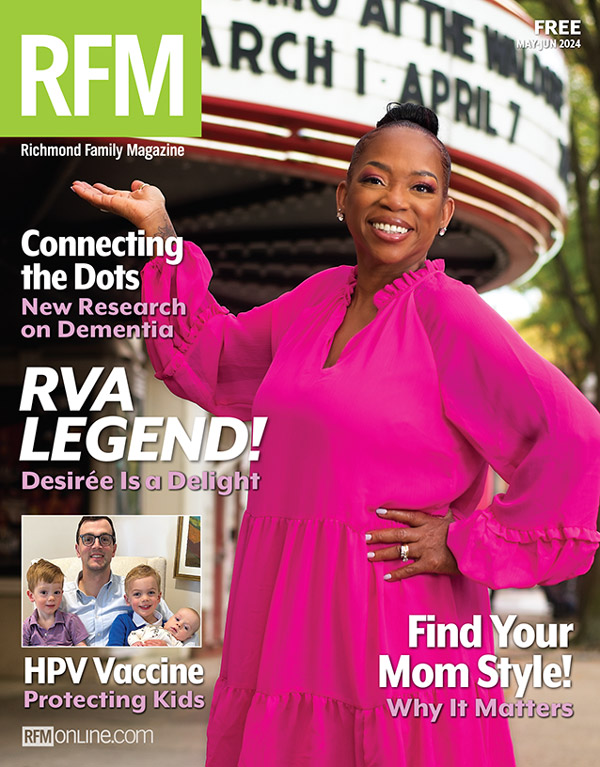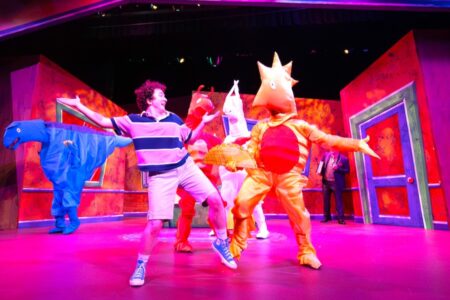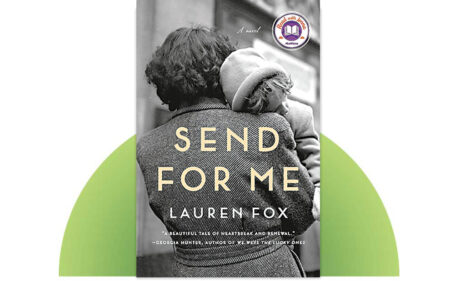 With my oldest daughter entering middle school this fall, I decided to read Mom, I’m Not a Kid Anymore to see if I could gain some insights into the inevitable conversations I know await us. In her book, which some label a parenting memoir, Sue Sanders shares not only her experiences navigating adolescence but also her daughter’s. Over the course of twenty-five conversations, Saunders attempts to soothe parents’ fears of the ‘terrible tweens’ by honestly conveying the wisdom she learned the hard way.
With my oldest daughter entering middle school this fall, I decided to read Mom, I’m Not a Kid Anymore to see if I could gain some insights into the inevitable conversations I know await us. In her book, which some label a parenting memoir, Sue Sanders shares not only her experiences navigating adolescence but also her daughter’s. Over the course of twenty-five conversations, Saunders attempts to soothe parents’ fears of the ‘terrible tweens’ by honestly conveying the wisdom she learned the hard way.
Saunders starts her book by painting her family portrait and pointing out how once her child left the playground conversations between parents dwindled. In some cases, the mothers went back to work or the women simply moved on to less kid-centric topics. Therefore, Saunders hopes her book will fill this void by offering parents her answers to tough questions, like “Tell Me About Your Mean Girl?” and “Do You Drink Wine Every Night?”
In her introduction, Saunders highlights a few basic lessons:
* Hold on to your sense of humor – and don’t let go.
* Trust your gut – you already know far more than you may think you do.
* Answer your child’s questions honestly – even if it’s uncomfortable.
* We don’t parent in a vacuum – it’s more like when a pebble is chucked gently into a pond.
Then, she separates her book into three sections: expected, but still surprising conversations, modern family talk, and everything in between. I’ve blogged about other narrative nonfiction titles – such as Ketchup is a Vegetable by Robin O’Bryant and Naptime is the New Happy Hour by Stephanie Wilder-Taylor – and while this title lacks the laugh-out-loud humor of the others, it is thought-provoking. But be prepared to work for the take-away, as Saunders doesn’t highlight the lessons learned either throughout the anecdote, like O’Bryant, or at the end of the anecdote, like Wilder-Taylor.
For example, in “You and Dad Do That?” Saunders shares how she and her daughter cuddle up in bed at night reading It’s Perfectly Normal: Changing Bodies, Growing Up, Sex and Sex Health. While I still read to my daughters (ages 7 and 11) nightly, it never would have occurred to me to read aloud a sex education book. I simply gave my older daughter copies of The Care and Keeping of You as well as Are You There God It’s Me Margaret? and we discussed them afterwards. Perhaps, my actions were because, as Saunders explains and illustrates in her book, our parenting is largely influenced by our experiences growing up and for me, half the fun of encountering those books was earmarking the “good” pages on my own. But I may follow Saunders lead in the future and read aloud a book title with built-in conversation starters.
That’s why it’s great to get another parent’s perspective. I particularly liked the charts that Saunders includes where she inserts what was said versus what was meant in the conversations “I’m Angry at You” and “You Wouldn’t Understand.” Granted, my seven-year-old would say I’ve already mastered the elusive teenage phrase “In a minute” – because for me it also means as soon as I’m finished with whatever I’m doing –overall her translations provide some humorous insight into what the adolescent really means when she says, “Fine.”
If you have a child that asks a lot of questions that make you uncomfortable, then check out this book, as it gives some good ideas for how you might deal with them, as Saunders’s daughter is a conversation starter. Unfortunately, mine is not. She would rather avoid an awkward moment than ask me about something she heard from friends at school. Luckily, there are books like Mom, I’m Not a Kid Anymore by Sue Saunders to confirm that I’m not the only parent fumbling through these inevitable conversations and trying to remain calm once they are in motion so I can keep the lines of communication open.
Follow @WinterhalterV on Twitter for updates on blog posts or like Parenting by the Book on Facebook.
Read my other blog Befriending Forty.






